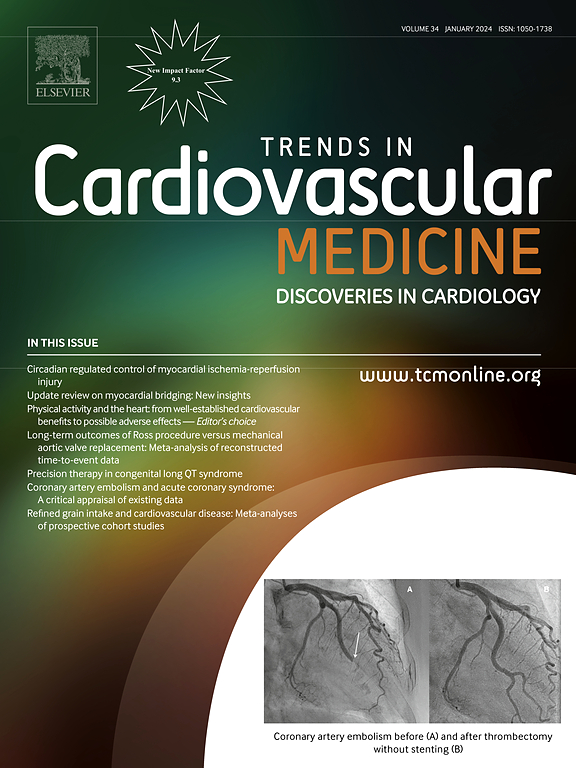无铅起搏器:我们在哪里?
IF 7.3
2区 医学
Q1 CARDIAC & CARDIOVASCULAR SYSTEMS
引用次数: 0
摘要
自 20 世纪中叶以来,起搏器一直是治疗缓慢性心律失常的基石。尽管传统的经静脉起搏器得到了广泛应用并取得了巨大成功,但其三年的并发症发生率估计为 15%。与传统的经静脉起搏器相比,无导联起搏器具有不需要经静脉导线、抗感染和易于植入等优点,因此自最初获得批准以来,美国每年植入的无导联起搏器数量急剧增加。虽然目前迭代的无导联起搏器缺乏经静脉设备所提供的多功能性,但无导联起搏的最新进展提供了越来越多样化的治疗选择。本综述将讨论无导线起搏领域过去、现在和未来的新兴技术和策略。本文章由计算机程序翻译,如有差异,请以英文原文为准。
Leadless pacemakers: Where are we?
Pacemakers have been the cornerstone of brady-arrhythmia management since the mid-20th century. Despite the widespread use and success of traditional transvenous pacemakers, they are associated with an estimated 15 % complication rate at three years. Driven by the advantages over traditional transvenous pacemakers including a lack of transvenous leads, resistance to infection, and ease of implantation, the number of leadless pacemakers placed annually in the United States has dramatically increased since their initial approval. While current iterations of leadless pacemakers lack the versatility offered by transvenous devices, recent advances in leadless pacing offer an increasingly diverse range of therapeutic options. This review will discuss the past, present, and future emerging technologies, and strategies in leadless pacing
求助全文
通过发布文献求助,成功后即可免费获取论文全文。
去求助
来源期刊

Trends in Cardiovascular Medicine
医学-心血管系统
CiteScore
18.70
自引率
2.20%
发文量
143
审稿时长
21 days
期刊介绍:
Trends in Cardiovascular Medicine delivers comprehensive, state-of-the-art reviews of scientific advancements in cardiovascular medicine, penned and scrutinized by internationally renowned experts. The articles provide authoritative insights into various topics, encompassing basic mechanisms, diagnosis, treatment, and prognosis of heart and blood vessel disorders, catering to clinicians and basic scientists alike. The journal covers a wide spectrum of cardiology, offering profound insights into aspects ranging from arrhythmias to vasculopathies.
 求助内容:
求助内容: 应助结果提醒方式:
应助结果提醒方式:


